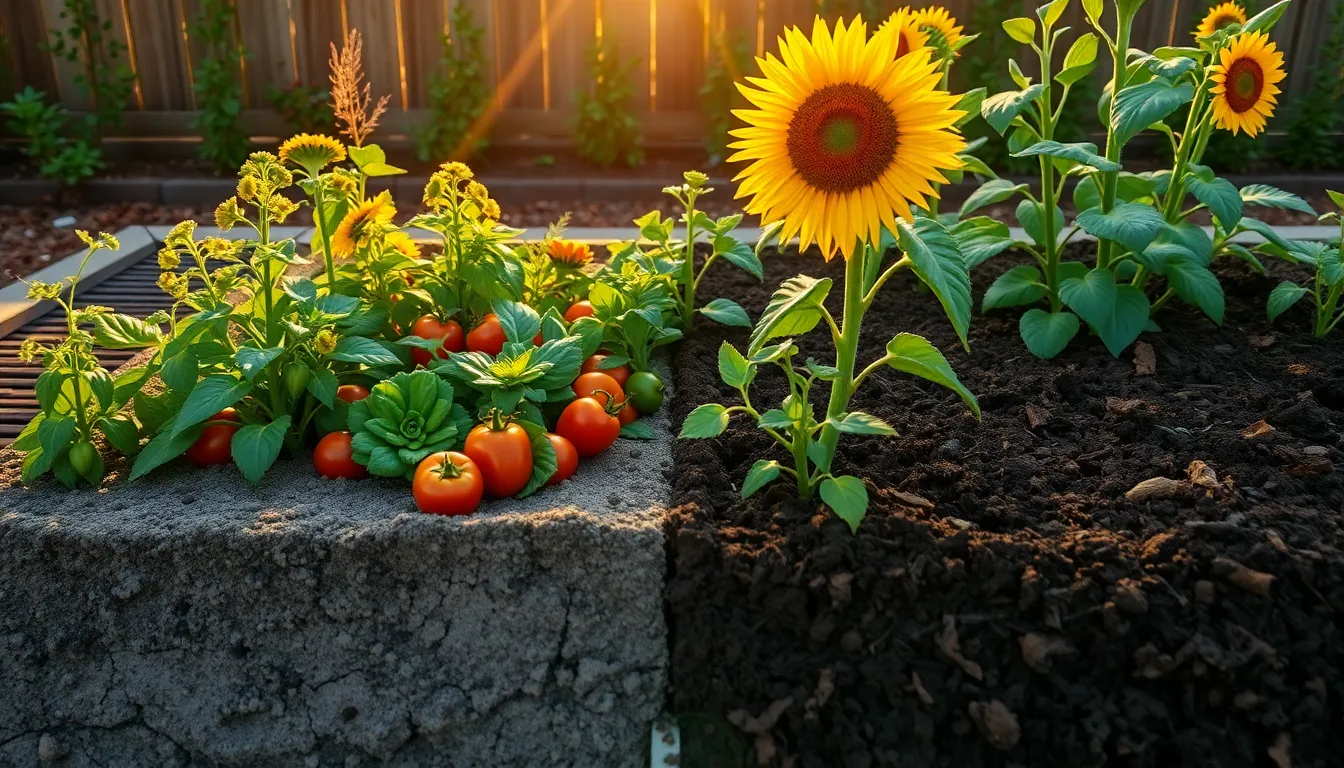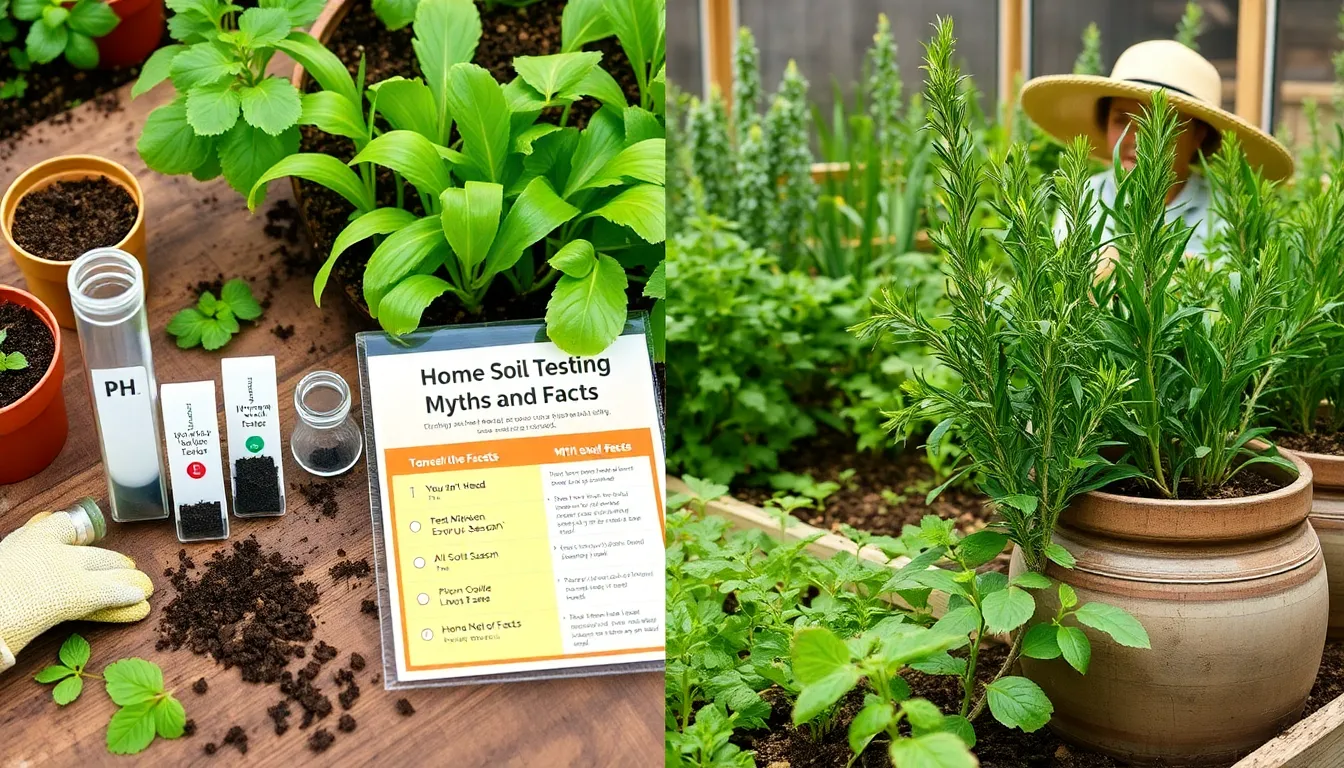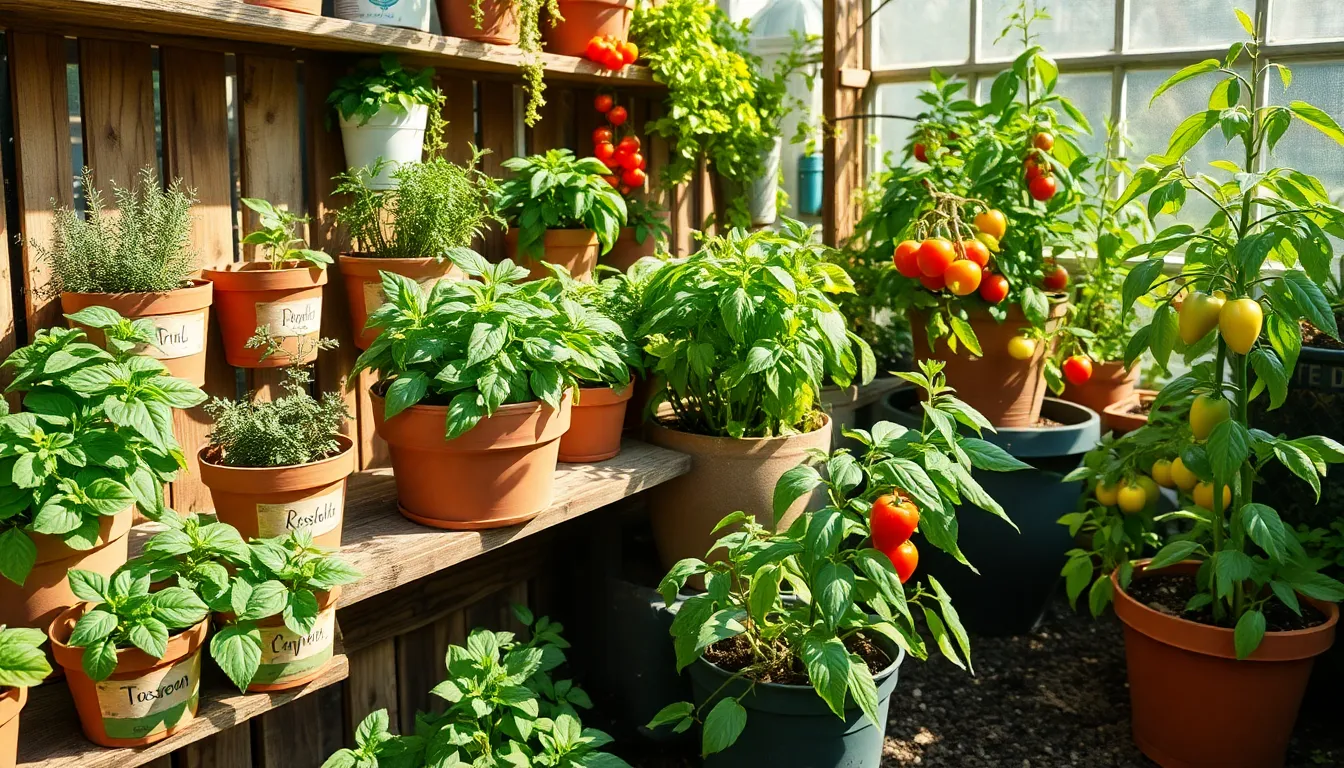Gardening with clay soil can feel like a daunting task, but it’s a challenge worth embracing for the bounty it can yield. Whether you’re a novice just dipping your toes into the world of gardening or a seasoned green thumb, understanding when and how to improve clay soil is key to unlocking its potential. Clay soil, with its fine particles and compact nature, can seem stubborn and unyielding, but with the right knowledge and timing, it can transform into a fertile ground for your plants.
For gardeners at any level, timing your soil improvement efforts can make all the difference. Knowing exactly when to intervene can lead to healthier plant growth and a more vibrant garden. In this article, we’ll explore the optimal times for improving clay soil, helping you make the most of your gardening efforts. From understanding the seasonal rhythms to recognizing the signs that your soil needs a helping hand, you’ll be equipped with the insights needed to nurture a thriving garden.
You’ll discover practical tips to address the water retention and drainage issues commonly associated with clay. By the end of this journey, you’ll feel confident in your ability to turn that heavy, dense earth into a nurturing foundation for your plants. So, roll up your sleeves and get ready to delve into the world of clay soil improvement—with a little guidance, your garden will be flourishing in no time.
Identifying Clay Soil Characteristics
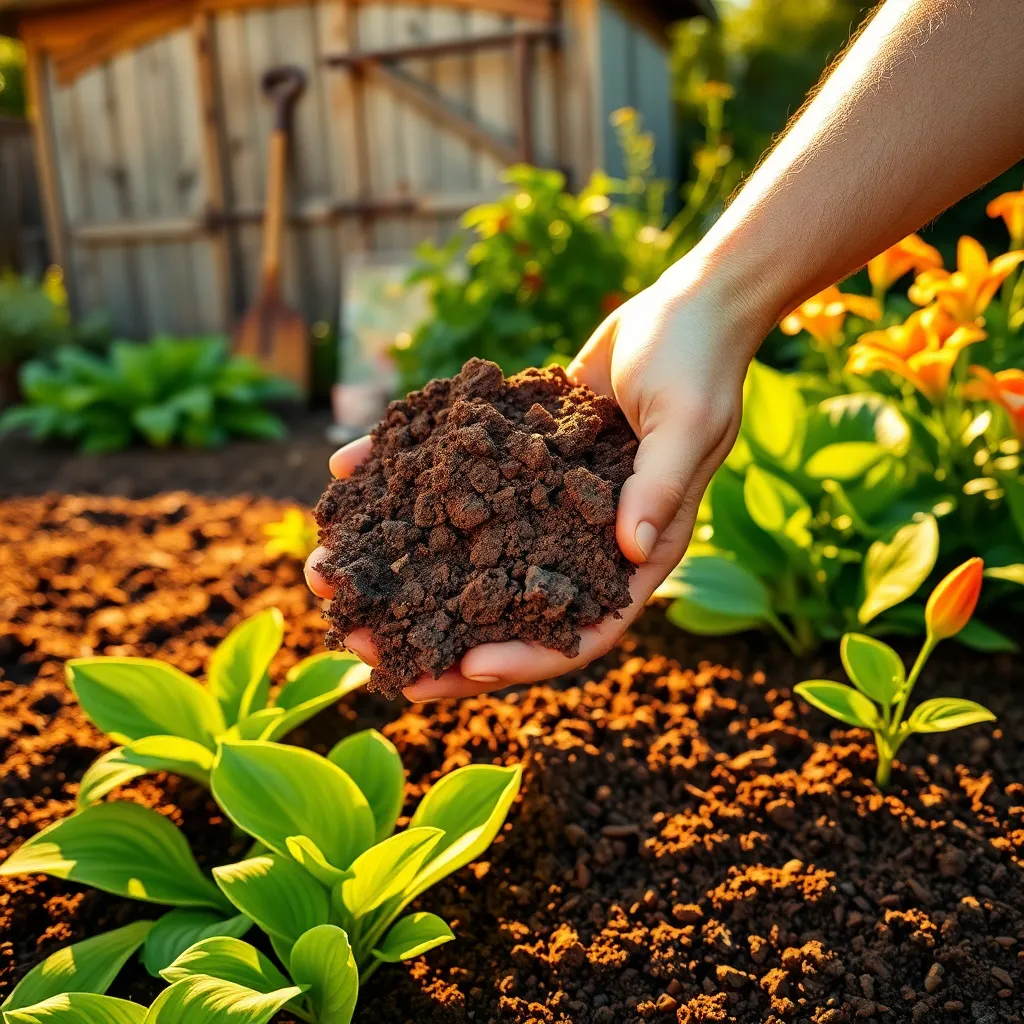
One of the most distinctive characteristics of clay soil is its texture, which is typically dense and heavy. When wet, clay soil feels sticky and pliable, while dry, it becomes hard and compacted, making it challenging for roots to penetrate.
To identify clay soil in your garden, try the simple “jar test.” Fill a jar halfway with soil, add water, shake well, and let it settle; if more than 40% of the soil remains at the bottom, it’s likely clay.
Gardeners should be aware that clay soil retains moisture longer than sandy or loamy soils, which can be both a blessing and a curse. While this means less frequent watering, it also increases the risk of root rot in plants that require well-drained conditions.
Improving drainage in clay soil is crucial for plant health, and one effective method is incorporating organic matter, such as compost or well-rotted manure. This not only lightens the soil but also enhances nutrient availability, benefiting plant growth.
Assessing Seasonal Timing for Improvement
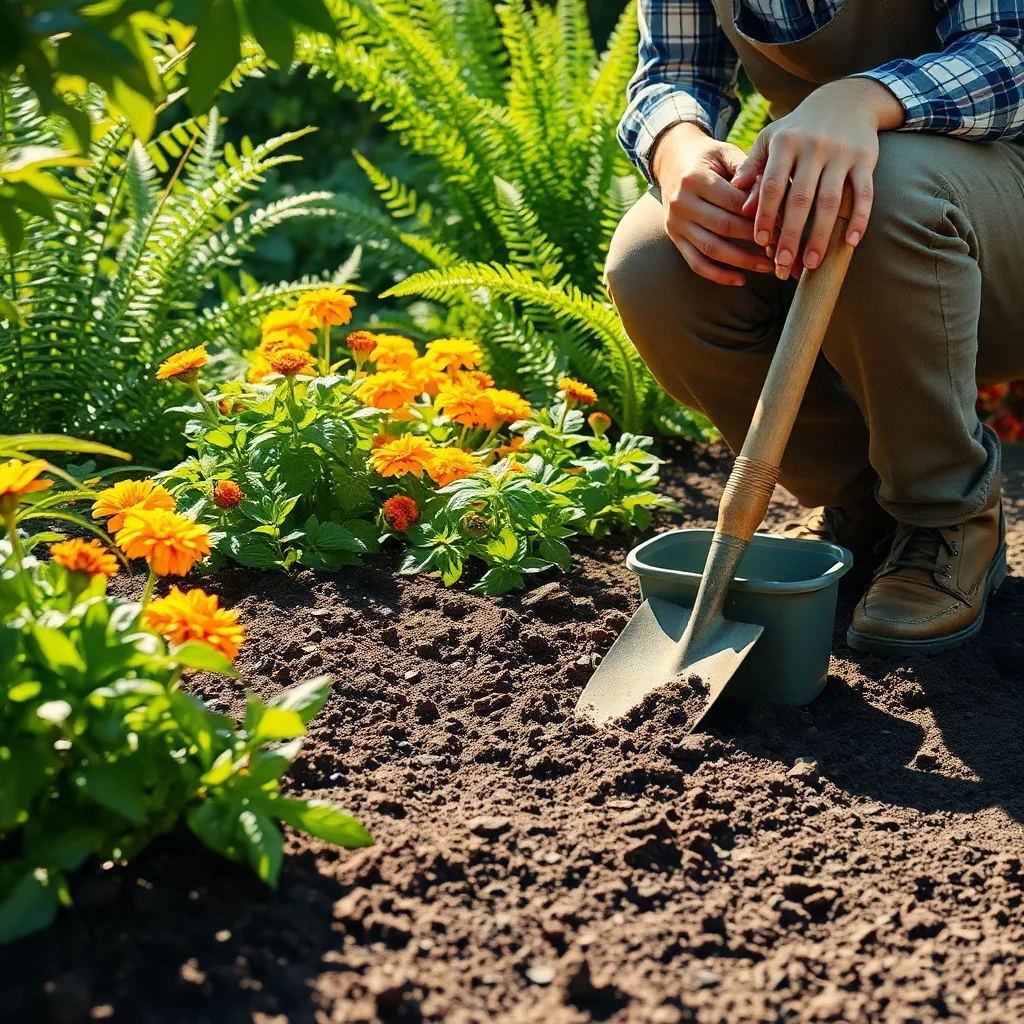
When considering the optimal time to improve clay soil, it’s important to align your efforts with the seasonal cycles. Spring and fall are typically the best times to amend clay soil, as the ground is usually moist but not waterlogged, making it easier to work with.
During spring, you can take advantage of the natural thawing process to incorporate organic matter. By adding compost or well-rotted manure, you can improve soil structure and provide essential nutrients for the upcoming growing season.
Fall is an equally advantageous time for soil improvement, especially after harvest. Adding organic amendments in the fall allows them to break down over winter, leading to enriched soil by spring planting time.
For those living in regions with mild winters, winter cover crops can be an excellent choice. These crops help reduce soil compaction and fix nitrogen into the soil, preparing it for the next planting season.
For advanced gardeners, double digging can further enhance your soil amendment efforts in these seasons. This technique involves removing the topsoil, loosening the subsoil, and then mixing in organic matter, resulting in improved drainage and aeration.
Regardless of the season, always monitor soil moisture levels before working the soil. Avoid working overly wet clay soil, as this can lead to compaction, making future improvements more challenging.
Tools Needed for Soil Amendment
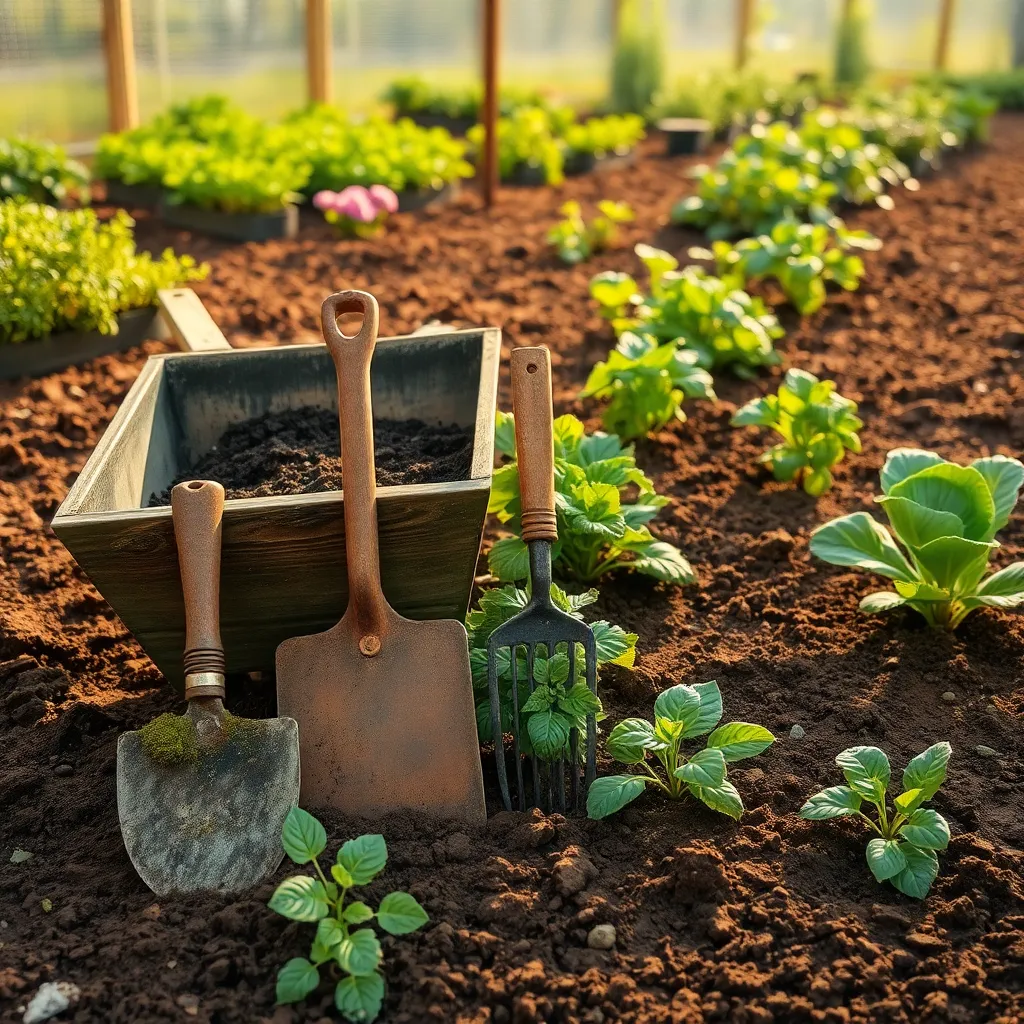
When improving clay soil, having the right tools is essential for success. A garden fork is indispensable for breaking up compacted soil and mixing in amendments effectively.
Gardeners should consider using a rototiller for larger areas, as it can save significant time and effort. This tool helps to incorporate organic matter into the soil up to a depth of six to eight inches, ensuring thorough soil amendment.
For more precise amendments, a hand trowel is useful for working in smaller areas or around existing plants. It’s also ideal for adding compost or other organic materials directly to the plant’s root zone.
Using a soil test kit is a practical way to determine the specific needs of your clay soil. By understanding the nutrient composition, gardeners can tailor their amendments, such as adding lime or sulfur, to balance pH levels and improve plant growth.
Effective Clay Soil Improvement Techniques
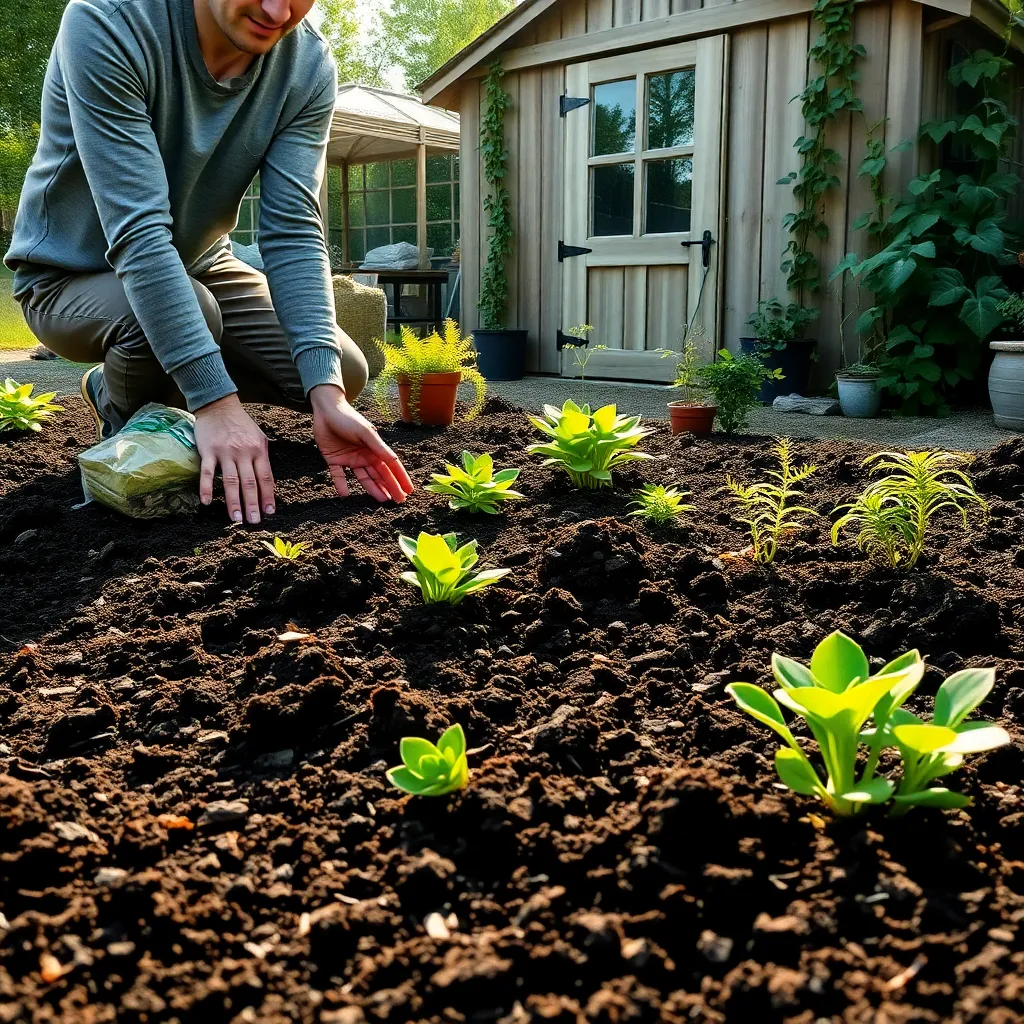
Improving clay soil is essential for enhancing plant growth, as clay’s dense structure can impede root development and water drainage. Begin by incorporating organic matter such as compost or well-rotted manure, which will help break up the heavy soil and improve aeration.
For beginners, using a garden fork to gently mix these amendments into the top 8-12 inches of soil can make a significant difference. Advanced gardeners might consider performing a soil test to determine nutrient deficiencies and tailor amendments accordingly.
Another effective technique is the use of gypsum, which can help to loosen compacted clay soil without altering its pH. Apply gypsum at a rate of about 40 pounds per 1,000 square feet, then water it in thoroughly to aid in dispersion through the soil layers.
Planting cover crops such as clover or vetch can also benefit clay soil by adding organic matter and improving soil structure when they are tilled under. These crops not only enhance soil fertility but also help suppress weeds and reduce erosion during the off-season.
Monitoring Results and Soil Health
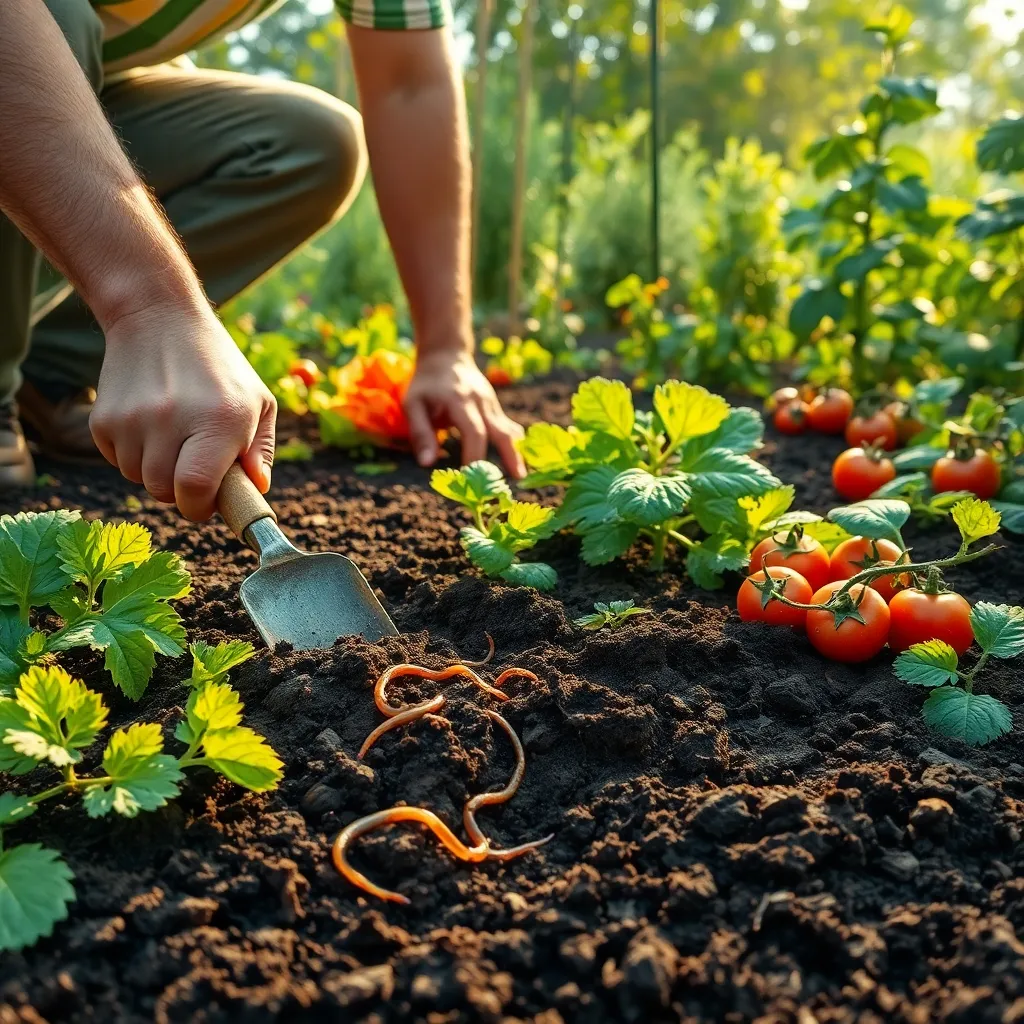
Monitoring the results of your clay soil improvement efforts is crucial for long-term success. Begin by conducting a simple soil test to assess changes in pH, nutrient levels, and soil structure over time. This can be done using a home testing kit or by sending a sample to a local extension office for more detailed analysis. Regular testing helps you understand how amendments like compost or gypsum are affecting the soil.
Observe your plants for signs of improved health, such as increased growth and robust foliage. Plants thriving in improved clay soil will generally exhibit stronger root systems, leading to better nutrient uptake and resilience against pests. Note any changes in water drainage, as this indicates the effectiveness of your amendments. Improved water infiltration means roots are receiving adequate moisture and oxygen.
For beginners, focus on maintaining a consistent watering schedule to support plant health. Aim to water deeply but infrequently, allowing the top layer of soil to dry out between sessions to prevent root rot. More experienced gardeners can experiment with cover crops to further enhance soil structure and fertility. Cover crops like clover or rye can be grown and tilled back into the soil to naturally increase organic matter.
Utilize mulch to protect the soil surface and retain moisture, especially during dry spells. Organic mulches, such as straw or wood chips, gradually decompose to add nutrients back into the soil. Regularly check mulch levels, adding more as it breaks down to maintain a consistent layer. This not only improves soil health but also reduces weed growth, making garden maintenance easier.
Conclusion: Growing Success with These Plants
As we explored in ‘When Should You Improve Clay Soil,’ nurturing relationships shares many parallels with cultivating a thriving garden. We delved into five key concepts: understanding the unique composition of your relationship ‘soil,’ recognizing signs that improvement is needed, employing effective communication techniques to enrich your bond, prioritizing consistent effort and patience, and celebrating small milestones along the way. These insights remind us that relationships, like gardens, require attentive care and deliberate action to flourish.
To put these concepts into practice, choose one small action you can take today to enhance your relationship—whether it’s a heartfelt conversation, a simple gesture of appreciation, or setting aside quality time together. Your journey towards a healthier relationship begins with these intentional steps.
We encourage you to bookmark this article as a valuable resource, ready to guide you through the various seasons of your relationship journey. Remember, by investing in these foundational strategies, you are paving the way for a future filled with deeper connections and lasting happiness. Embrace the opportunity to cultivate your relationship with care, and watch it bloom into something beautiful.

